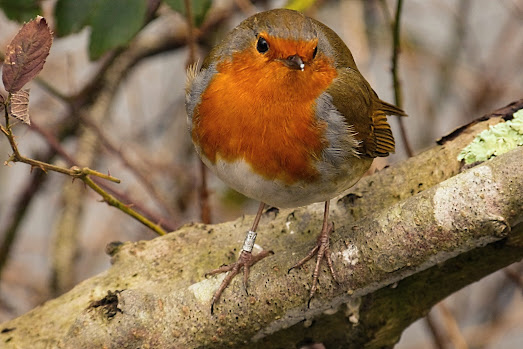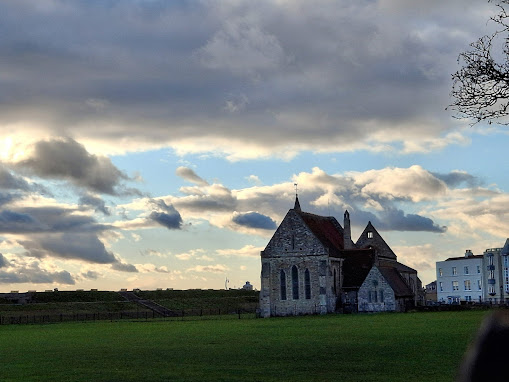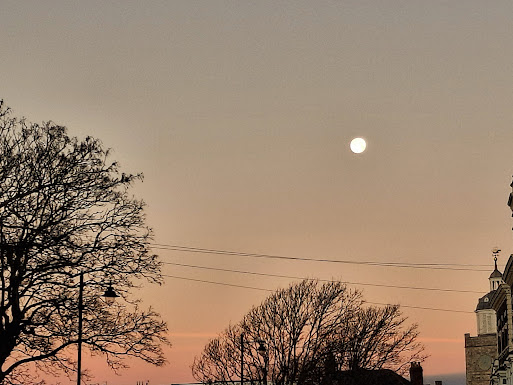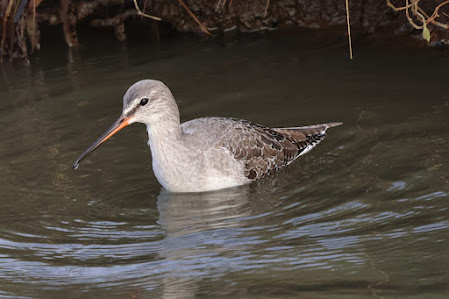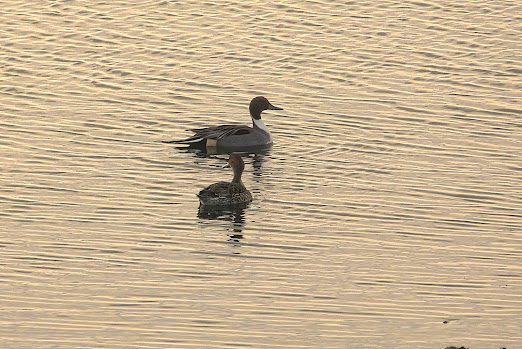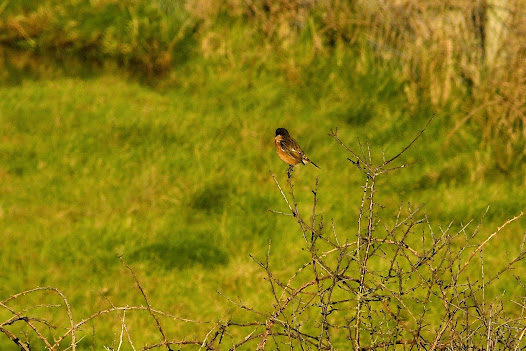Saturday 21st December 2024.
The weather was looking very grim at first light this morning and I had no choice in finding somewhere with Hides. I was thinking of going for the Black-throated Diver at Emsworth or even to Bransbury Common further north of the county, but the rain put me off and so we made our way to Blashford Lakes instead. It was not a bad trip either where we had a few good birds, notably from the Tern Hide and also Ivy North Hide. Geoff and Andy were both in good form as we spent a good five hours at one of our favourite locations.
Tern Hide, Blashford Lakes NR:
Most of the wildfowl was over on the north and east side of Ibsley Water, but thankfully, I had my telescope to hand where we had reasonable views of at least two Goldeneye (male and female) and a male Goosander on the water. Up to three Green Sandpipers were seen from the Hide including one bird that was kindly pointed out to us by a birder within the Hide, seen to the east of the Hide along the shoreline.
All the usual wildfowl were present including a very large number of Pintail upon Ibsley Water. Wigeon, Teal, Mallard and Gadwall were present with smaller numbers of both Pochard and Tufted Ducks. Apart from the Green Sandpiper, the only other waders noted were a 40+ flock of Lapwing over the reserve. Several Grey Herons were fishing the shoreline and were joined by a lone Great White Egret over on the east side and the only raptors seen here today included a Common Buzzard and a Kestrel.
Woodland Hide, Blashford Lakes:
We didn't exactly go into the Hide, but viewed from the outside and checking on the feeders, there were a number of birds including Coal, Great and Blue Tits taking advantage of the seed-feeders and also a few Robins enjoying them too. Overhead, a small flock of Siskin were seen and a female Sparrowhawk soared overhead, putting the woodland birds on their guard below including Long-tailed Tits, Nuthatch, Treecreepers and a pair of Goldcrests. On the woodland floor, I found a few clumps of Sulphur Tuft toadstools growing on old logs.
Ivy South Hide, Blashford Lakes:
Ivy Lake was also alive with wildfowl of which Wigeon easily dominated in numbers. There were smaller numbers of Gadwall, Teal and Tufted Duck among the Wigeon. There were a few Gulls on the water of which one looked quite promising for a 1st winter Yellow-legged Gull; but I am waiting for confirmation. I have to be honest, this species, along with Caspian Gull, I am a little inexperienced in as I have not had the pleasure of seeing very many over the years. But this site does produce a lot of these species during the winter.
A few Great Crested Grebes were fairly close to the Hide and a Little Grebe popped out of hiding from the reedbeds. Cormorants were resting in the nearby trees and Geoff had the briefest of views of a Kingfisher passing his eye-shot while checking out the wildfowl through his scope. A Raven flew westbound high over the lake, which was our second one of the day having seen one on our drive to Fordingbridge. After having lunch within the Hide, we all agreed to make our way to the Ivy North Hide.
Ivy North Hide, Blashford Lakes:
Though no Bitterns have been seen this winter here at this site; normally a reliable site for the species, but today, we were nicely entertained with a variety of birds in front of this Hide. Again, good numbers of both Wigeon and Teal were swimming in front of the reedbed and Geoff found another Green Sandpiper on the opposite side of Ivy Lake, in front of the viewing screen and remained there throughout our stay there.
As soon as we got inside the Hide, a Kingfisher was showing extremely well, resting on a reed stem in one of the channels between the main reedbed. The bird showed several times here and gave me ample opportunities to take some nice photos. I have been seeing photos of this species during the week on the various Facebook bird sites. We had two good sightings of the Water Rail hopping between two of the reedbeds in front of the Hide but far too quick to grab a photo. A Cetti’s Warbler put on an appearance in front of the Hide and I was extremely lucky to grab a photo of this very shy warbler. Both Blue Tit and a Wren also were seen within the reedbed; but maybe one day, the Bittern might come back here. I've had some good memories of previous sightings of this species in the past here.
Most of our trip here was overcast, but we did have a brief bright spell which looked promising, but by 2pm, the drizzle set in again and so we made our way back to the car and home.










